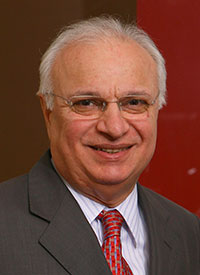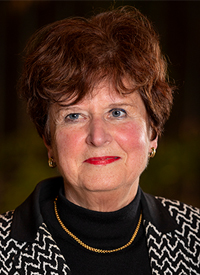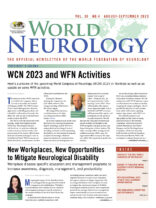Here’s a preview of the upcoming World Congress of Neurology (WCN) 2023 in Montreal as well as an update on some WFN activities.
By Wolfgang Grisold
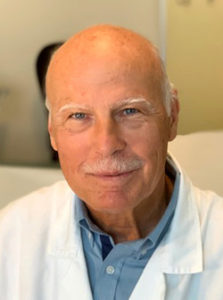
Wolfgang Grisold
The preparation for a WCN starts four years before the congress, when a new site is elected by the Council of Delegates (COD). The WFN is aware of how much effort goes into these site applications and bidding procedures and is thankful to all societies who make this effort. Yet, only one site is selected based on the needs of the WFN.
The WCN is also the site for the COD meeting, which is the highest decisive WFN body. The delegates this year will decide on two positions within the trustees: treasurer and one trustee. The present term of the current office holders ends and cannot be prolonged. I want to thank Richard Stark, WFN treasurer, and Morris Freedman, elected trustee, for their efforts and contributions to the WFN.
During the Montreal meeting, the congress site for 2027 will be selected. This congress meeting will be held in the African region.
All voting will be electronic, and information on the dates and voting procedures will be on the website.
As we have experienced in recent years, the face-to-face meetings are important despite technology, and the WCN is a unique platform for taking all parts of neurology on board, as well as providing the platform for international participants and personal exchange, which are important elements in communication. Important ideas and developments are often generated in personal contact “over a cup of coffee.” Using this idea, we have generated a few “coffee meetings” at the WCN. These will be public coffee spaces, where important topics such as the IGAP and WFN education will be presented by experts, and participants can ask questions or make comments. We will also have the three past presidents and myself available for thoughts on the WFN in regard to the past, present, and future during one of these sessions. The coffee meetings will be arranged in the exhibition area and will be open. No registration will be necessary. We hope you will be able to participate in this new initiative.
We are introducing other elements to WCN 2023, including debates and meet the lecturers of plenary sessions. We will continue the AAN/WFN advocacy course as well as feature two sessions created by our group of young neurologists. We are grateful for initiatives of our Canadian hosts, which will include a painting session, Yoga session, and a WCN run.
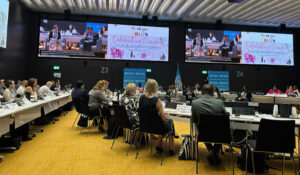
Image during WHO Rehabilitation Meeting. “Disability is part of human diversity” from the WHO meeting (from Third Global Rehabilitation Meeting.)
The scientific program is of high quality and the result of a long preparation time of the Scientific Committee, which was chaired by Mathew Kiernan and Alex Henri-Bhargava, and the Teaching Course Committee, which was chaired by Riadh Gouider and Morris Freedman. We are honored that the WHO will participate in a plenary lecture and in a joint session, which will give information and transparency on the important cooperation with the WHO.
We are looking forward to the plenary lectures and scientific sessions and to the hopefully lively exchange at the guided poster tours. Needless to say, the educational program and teaching courses will be an excellent opportunity to update and receive important information from an excellent faculty.
The social program will consist of the welcome reception, a president’s reception for delegates and committee members, a ticketed networking event, and a final reception by the host society. On Oct. 17, we will host a reception 4:15 to 5:30 p.m. for young neurologists (Young Neurologist Networking Event) at the congress venue. Montreal is a vibrant city and will provide many additional opportunities for networking.
Because of all of our experiences from COVID-19, we have all become much more comfortable with electronic media, and we will offer the WCN virtually. This has at least two reasons: first, to enable persons from low-income countries to participate (also with electronic posters), and second, to offer the possibility of participation for countries that cannot obtain visas, or where the burden of travel and congress costs are too high. We are aware of visa issues and have added a list to the WCN website where we will try to help.
We have the traditional congress bursaries, which lift a significant part of the costs, and we will give a number of free virtual congress participations to a number of low-income countries, selected areas of crisis, and to students.
One of the core activities of the WFN is to provide education in all parts of the world, and we are glad that our concept of the educational days, one for Africa, one for Asia, and a joint event with IHS /GPAC for Africa are well-attended, and we can keep the principle of permanent education and information at a constant level, despite two years between the World Congresses.
As the permanent stream of information and development in neurology increases, the need for additional worldwide education will grow, and the WFN will have to make efforts to fill this gap.
It is important to continue WFN educational projects, and we want to thank all hosting participants in the WFN Department Visit programs, as well as all WFN Training Centers for their ongoing work. The concept of the Training Centers started in Rabat in 2013, and we thank this location and its chair, Prof. El Alaoui for the initiating spark. Rabat was followed by Cairo, Senegal, Mexico, and Cape Town. We will take this opportunity to thank the chairs of the WFN Training Centers in a special session at the WCN in Montreal. The activities to permanently sustain the Training Centers is almost entirely carried out by the WFN, and is a long-term commitment based on the financial capacity of the WFN.
We realize that all of this is not enough for global education, but we add piece by piece, such as hopefully a Training Center in Asia devoted to education for low-income Asian countries.
We are also glad on the support for the department visit program, and India will join offering department visits for Asian low-income countries. The overarching theme is “to empower regions” and help to create centers of excellence that can train and promote neurology at the WFN level.
We are also convinced that science, knowledge, and skills in neurology are not enough, and we will need to invest in advocacy skills and leadership. The future of neurology will depend on engaged leaders in neurology. In addition to our permanent AAN-WFN advocacy course at the WCN, the WFN is aware of the need of more comprehensive training.
The WFN had a successful World Brain Day (WBD), themed “Brain Health and Disability,” with 470 registrants at the webinar and several reports from successful local WBD days on the website. We think that the topic “Brain Health and Disability” has initiated worldwide interest in the important aspect of disability. (J Neurol Sci 2023 Aug 15;451:120720). As we know from the Global Burden of Disease, neurological diseases are the main cause for disability, and the WFN needs to make efforts to keep the interest growing, as many of our patients are affected and often permanently and chronically. The increased access to rehabilitation and care, and disability as a right and not depending on charity, are important. Further engagement following disability in neurology will be needed.
We also want to make readers aware of the WHO rehabilitation meeting and formation of the WHO rehabilitation alliance and the package of interventions for rehabilitation: Module 3: Neurological Conditions, which can be downloaded.
Please continue to follow our website and social media for ongoing events, and if you or your society want to report on activities or an important event, do not hesitate to submit an article to World Neurology. The editors Profs. Lewis and Struhal will carefully look at it for possible publication.
Looking forward to meeting you in Montreal, either in person or virtually, serving the same theme: “Promote Neurology Worldwide!” •
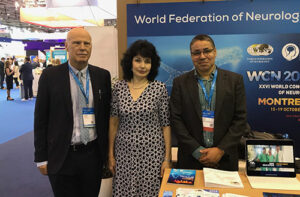 Montreal plays host to the WCN 2023 Oct. 15-19.
Montreal plays host to the WCN 2023 Oct. 15-19.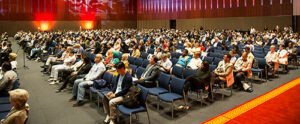 WCN 2023 will feature an impressive lineup of sessions that cater to the diverse interests and expertise of neurology professionals. Attendees can look forward to engaging in the following exciting and novel sessions:
WCN 2023 will feature an impressive lineup of sessions that cater to the diverse interests and expertise of neurology professionals. Attendees can look forward to engaging in the following exciting and novel sessions: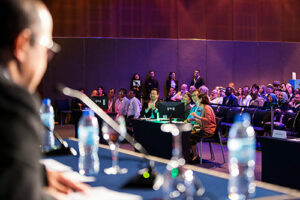 Tournament of the Minds
Tournament of the Minds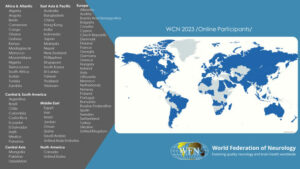
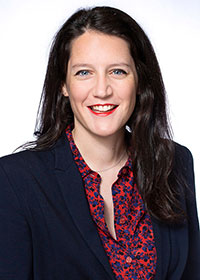
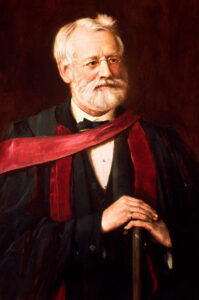
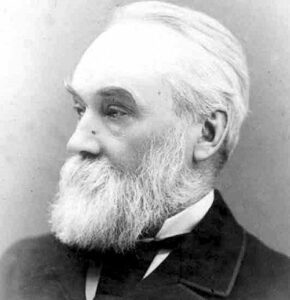
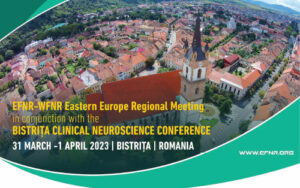
 The forum was organized by Prof. Dr. Dafin Muresanu, president of the
The forum was organized by Prof. Dr. Dafin Muresanu, president of the 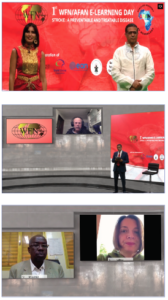 The World Federation of Neurology (WFN) has been working with regional organizations and with a collaboration of other international organizations to create free e-learning days for neurologists, residents in neurology, and other health care professionals around the world.
The World Federation of Neurology (WFN) has been working with regional organizations and with a collaboration of other international organizations to create free e-learning days for neurologists, residents in neurology, and other health care professionals around the world.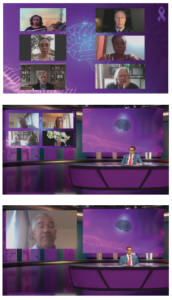 It was followed by the Second WFN-AFAN e-Learning Day, which took place on Nov. 6, 2021, and the overarching theme was epilepsy. The EAN, AAN, and the International League Against Epilepsy (ILAE) provided support for this educational event.
It was followed by the Second WFN-AFAN e-Learning Day, which took place on Nov. 6, 2021, and the overarching theme was epilepsy. The EAN, AAN, and the International League Against Epilepsy (ILAE) provided support for this educational event.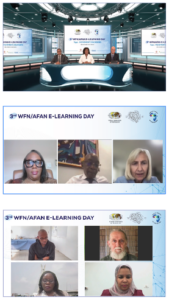 This year, the Fourth WFN-AFAN e-Learning Day will take place Saturday,
This year, the Fourth WFN-AFAN e-Learning Day will take place Saturday,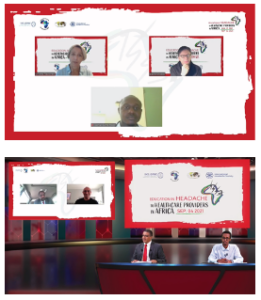 The first
The first 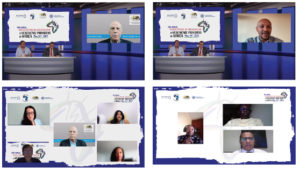 French parallel session
French parallel session 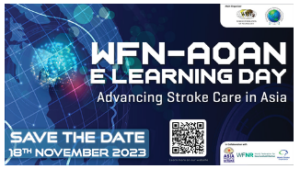 These successful e-Learning activities are highly practical for neurologists and other health care professionals all over the globe to improve their neurological skills and practice. They play an important role within the mission of WFN, which is to foster quality neurology and brain health worldwide.
These successful e-Learning activities are highly practical for neurologists and other health care professionals all over the globe to improve their neurological skills and practice. They play an important role within the mission of WFN, which is to foster quality neurology and brain health worldwide.